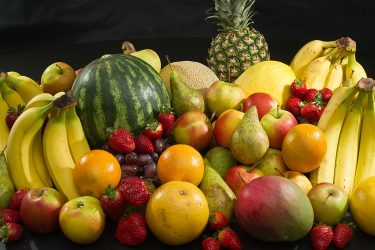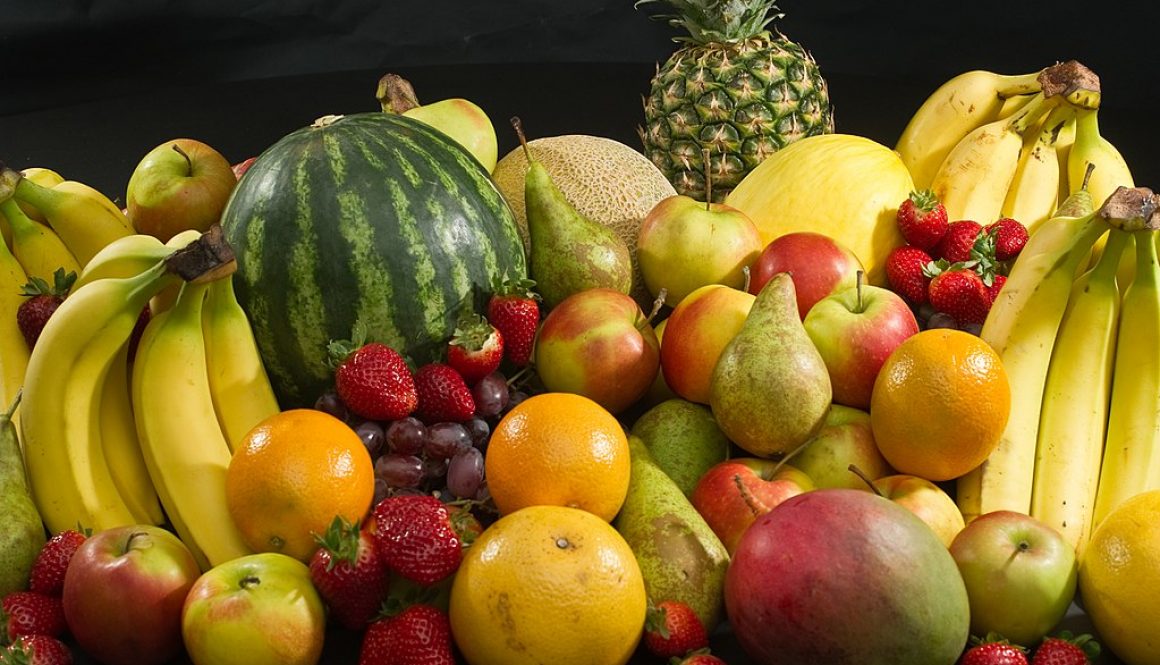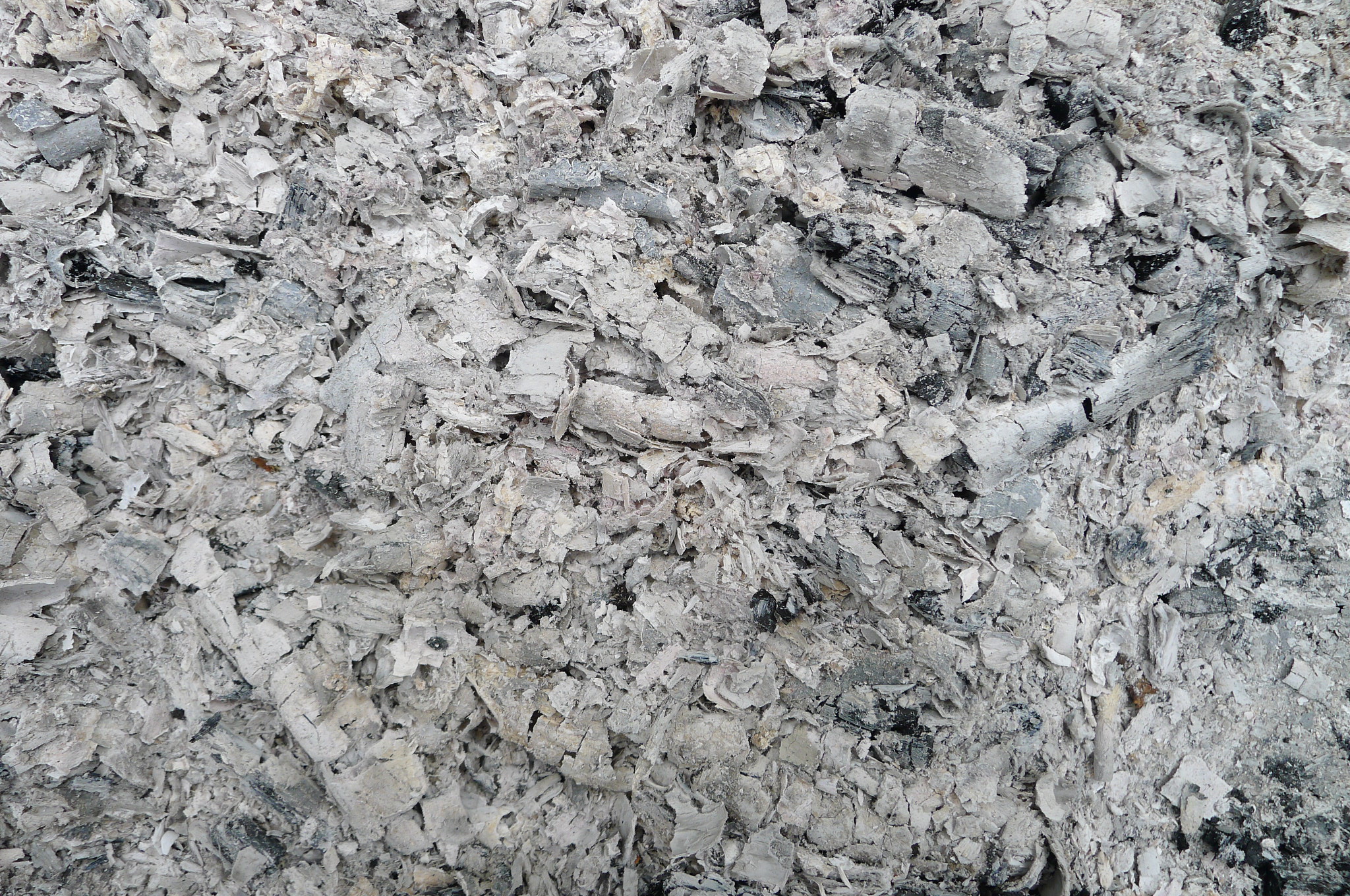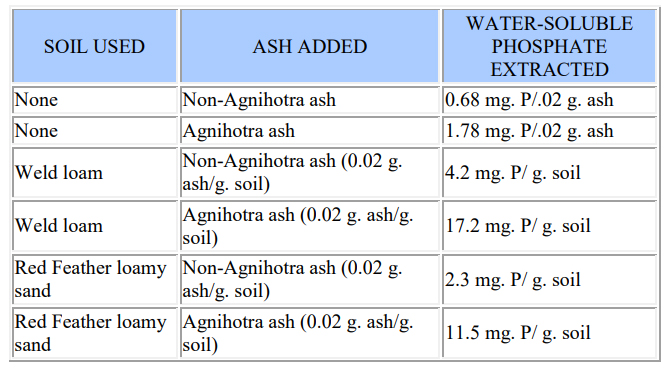Strategies of organic farming in fruit crops
by
Sandhya Bhat, KK Misra and Vikas Kumar Sharma

Abstract
Organic agriculture has grown out of the conscious efforts by inspired people to create the best possible relationship between the earth and men. Since its beginning, the sphere surrounding organic agriculture has become considerably more complex. A major challenge today is certainly its entry into the policymaking arena, its entry into the anonymous global market and the transformation of organic products into commodities. During the last two decades, there has also been a significant sensitization of the global community towards environmental preservation and assuring of food quality. Ardent promoters of organic farming consider that it can meet both these demands and become the mean for the complete development of rural areas. After almost a century of developing organic agriculture is now being embraced by the mainstream and shows great promise
commercially, socially and environmentally. While there is a continuum of thought from earlier days to the present, the modern organic movement is radically different from its original form. It now has environmental sustainability at its core in addition to the founder’s concerns for healthy soil, food, and people. In recent years, the market for organic farming has significantly increased in response to concerns over food quality and environmental matters. Organic food is quite attractive for consumers and is often associated with quality, healthy and natural products in opposition to the more processed and artificial conventional food.
Keywords: biofertilizer, Fruits, Mulching, Organic farming, Panchgavya
Introduction
Organic farming is a holistic production management system which promotes and enhances agro-ecosystem health including biodiversity, biological cycles, and soil biological activity and this is accomplished by using on-farm agronomic, biological and mechanical methods in exclusion of all synthetic off-farm inputs (Codex, 2007 [5]; FAO, 2012 [8]). It emphasizes the use of management practices in preference to the use of off-farm inputs, taking into account that regional conditions require locally adapted systems. Organic farming refers to the way of agricultural products (food and fiber) are grown and processed. It excludes the use of chemical fertilizers and pesticides, plant growth regulators, and livestock feed additives. Genetically modified organisms (GMOs) are not allowed in organic farming. As far as possible, organic farmers depend on crop rotation, green manures, compost, mulching, biological pest control, and mechanical cultivation to maintain productive soil and control pests (Diver, 2000 [7]). In the case of livestock, antibiotics are forbidden and instead preventative measures for keeping animals healthy and productive are used.
Management Principles
Organic farming management is an integrated approach, where all aspects of farming systems are interlinked with each other and work for each other. A healthy biologically active soil is the source of crop nutrition, on-farm biodiversity, controls pests, crop rotation and multiple cropping maintains the system’s health and on-farm resource management with integration of cattle to ensure productivity and sustainability. Organic management stresses on optimization of resource use and productivity, rather than maximization of productivity and over-exploitation of resources on the cost of resources meant for future generations. Living soil is the basis of organic farming. A live, healthy soil with proper cropping patterns, crop residue management, and effective crop rotation can sustain optimum productivity over the years, without any loss in fertility. Organic farming envisages a comprehensive management approach to improve soil health, the ecosystem of the region and the quality of produce. It includes all agricultural systems that promote environmentally sound production of food and fibers. These systems take local soil fertility as a key to successful production by respecting the natural capacity of plants, animals and the landscape; they aim to optimize quality in all aspects of agriculture and the environment. A living soil can be maintained by continuous incorporation of crop and weed biomass, use of animal dung, urine-based manures (FYM, NADEP, vermicompost), biofertilizers and bio-enhancers, special liquid formulations (like vermiwash, compost tea, etc.) during a crop’s duration.
Strategies 1. Soil Management
A. Crop rotation: Crop rotation involves planting different crop species at different times and locations on the same field. Rotating crops improve the tilth or structure of the soil. This practice reduces soil erosion and pest build up, promotes soil fertility and spreads out financial risk in case a crop fails. Crop rotations result in an increase in soil microbial activity which may increase nutrient availability and including phosphorus. Yields are usually 10 to 15% higher with the practice of crop rotation than monoculture (Frick and Johnson, 2006)[9]

B. Cover Cropping: A cover crop is any crop grown to provide a cover for the soil. They can be annual, biennial or perennial herbaceous plants grown in a pure or mixed stand during all or part of the year. This practice helps loosen compacted soil through root growth, improves water filtration and prevents soil erosion by wind and water. Cover crops also help suppress weeds by keeping the sun from reaching weed seeds and reduce insect pests and diseases (VanTine and Verlinder, 2003) [19].
D. Green leaf manuring: Application of green leaves and twigs of trees, shrubs, and herbs collected from elsewhere. The important plant species are – Neem, Mahua, Wild indigo, Glyricidia, Karanji (Pongamia glabra) calotropis, avise (Sesbania grandiflora), subabul and other shrubs. It improves soil structure, increases water holding capacity and decreases soil loss by erosion, reduces weed proliferation and weed growth, helps in the reclamation of alkaline soils and root-knot nematodes can be controlled.
E. Animal manures: Manure can be applied to the field in either a raw or composted form. Raw manure contributes nutrients to the soil, adds organic matter and encourages biological processes in the soil. Composting of manure is best, since the heat created during composting may kill most of the contaminants, thus the risk of pathogens related to food safety is minimized or eliminated. Farmers should have the soil tested before adding either raw or composted manures (VanTine and Verlinder, 2003) [19]. Composting reduces biomass volume thus facilitating ease of transportation. For organic certification, manure from factory animal production units will not be permitted. USDA standards require a 90120 day period from the time manure is applied to the time of harvest (Biernbaum, 2003) [4].
F. Mulching: Covering the ground with a layer of loose material such as compost, manure, straw, dry grass, leaves or crop residues. It reduces moisture loss and conserves water, improves soil structure, reduces soil temperature, reduces or stops weed growth, reduces soil compaction, provides essential nutrients needed for good plant growth, protects plants from the cold when applied in the fall, provides a clean and pleasant surface for caring for plants and harvesting fruits. Mulching can be done at almost any time of the year (Best in June – July, for winter protection – November). Straw, hay, wood chips, ground bark, sawdust, leaves, grass clippings, and pine needles are common mulching materials. These should be applied to a depth of 5 to 15 cm and cover the ground around a plant out to the drip line. Rehman et al. (2015) [15] studied the effect of different mulching materials on fruit size and yield of Strawberry and found that straw dust gave maximum fruit size and yield. The response of soil covers on guava cv. Sardar was studied by Das et al., (2010) [6] and the results showed that among organic and inorganic mulches used, paddy straw was found to be effective to improve the fruit quality of guava.



